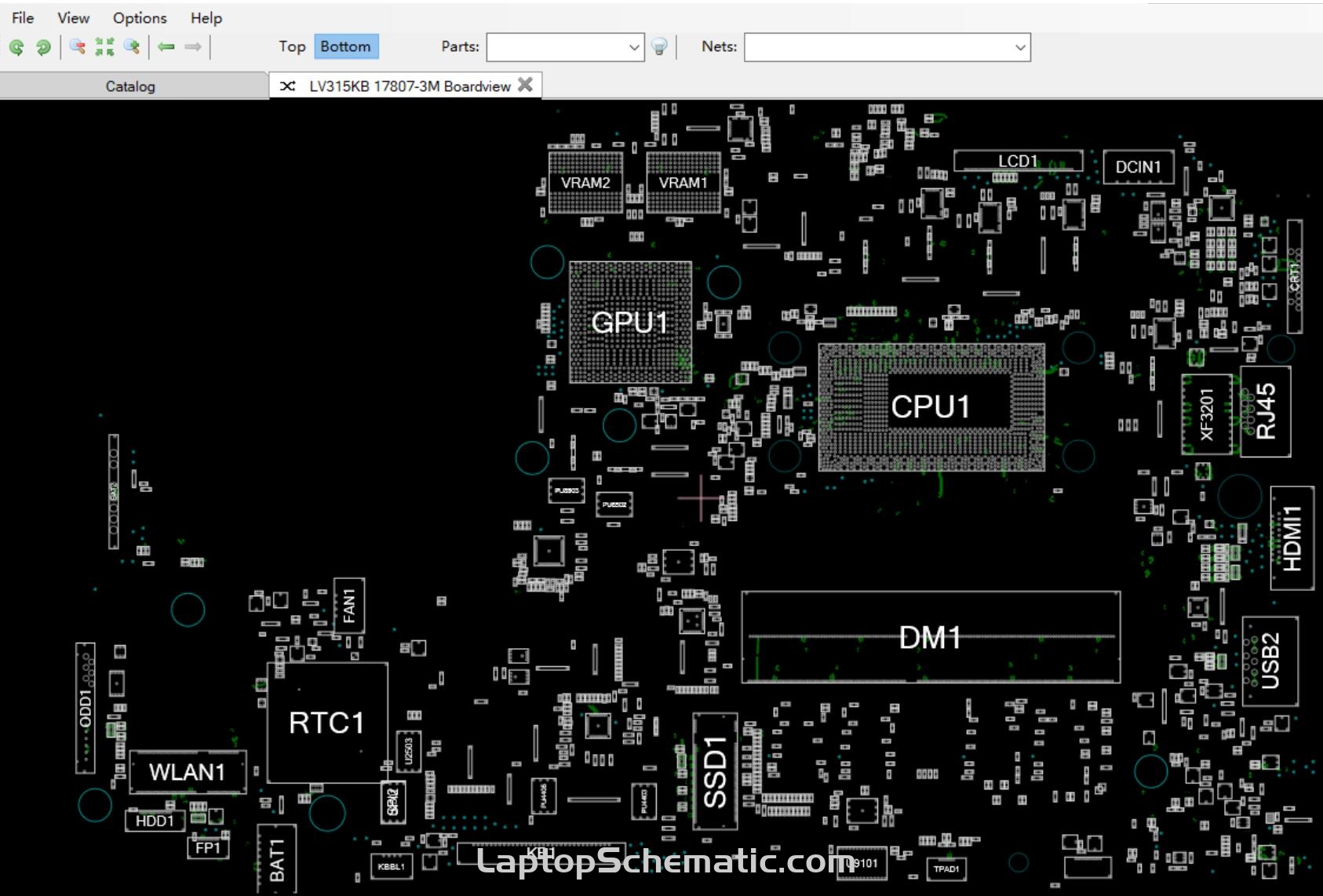

It’s common in software development teams to have columns for Design, Development, Testing, and Documentation, for example. Kanban boards can have as many columns as you want. Every now and then, you remove the tasks from the final Done column and put them anywhere you like, whether that’s an archive of completed tasks or simply the bin. You add tasks to the To-Do column and then move them (if it’s a physical board) or drag and drop them (if it’s a digital board) from one column to the next. Using a Kanban board couldn’t be much simpler.

The digital version-whether in Jira, Trello, Asana, Planner, or any other software-can also be viewed from anywhere, which makes it more useful for remote teams or interested stakeholders who don’t sit with the team and their physical board. But a physical board is no good for data analysis and reporting, which is where the digital version comes in. The reason is quite simple: A Kanban board is designed to be visual and easy to use, so having a physical board makes it easy for a team to see the tasks and move them around the board. Why have the same data held in two places, as it just duplicates the work of maintaining them? Somewhere on a server, there will normally be a digital representation of that same Post It-filled Kanban board, which may seem odd. If you’ve walked through an office and seen whiteboards and walls covered in Post-It notes arranged in columns, you’ve probably been looking at a Kanban board.


 0 kommentar(er)
0 kommentar(er)
